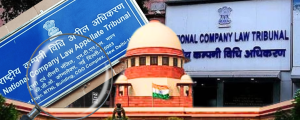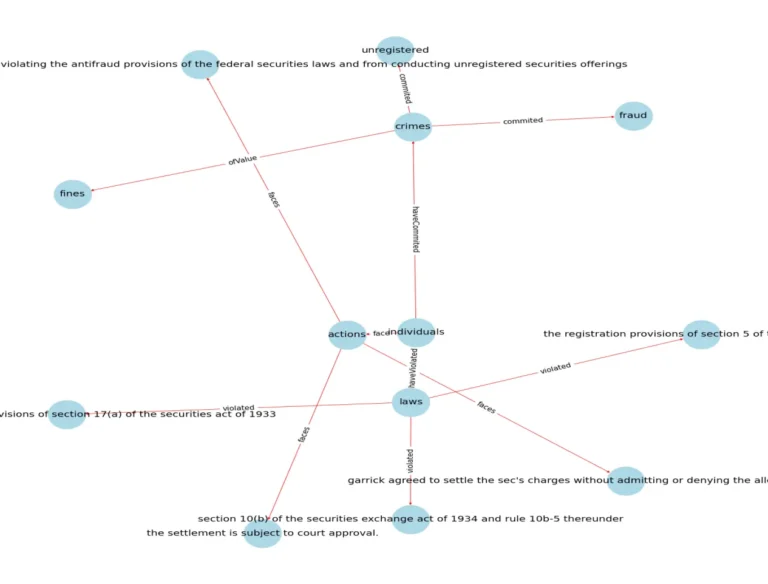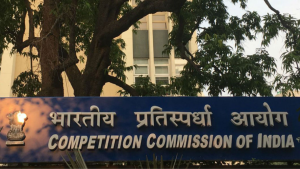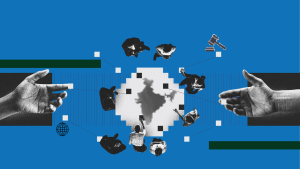
Introduction
In the realm of Artificial Intelligence (AI), ontologies stand as crucial frameworks for knowledge representation. Much like the index of a book, ontologies provide a structured map for understanding entities and their relationships within a specific domain. Many consider ‘Ontology’ as the missing link between legal theory and ‘AI and Law’. In this piece, we delve into:
- the relationship between Ontologies and Legal Knowledge Graphs (LKGs);and
- how (if used properly) they could help in the adoption of ‘explainable AI’ in the Legal system – a mechanism that can ensure fairness and transparency while adopting AI into the legal system.
LEGAL ONTOLOGIES and LKGs – Key Elements
Legal Ontology serves as the conceptualisation of the building blocks of legal knowledge. Think of it as the architect’s blueprint, providing a structured representation of legal concepts, relationships, and rules. Each defined term becomes a crucial building block, akin to a piece of a puzzle that contributes to the overall picture of the legal landscape.





